Advertisement
Published: October 28th 2006
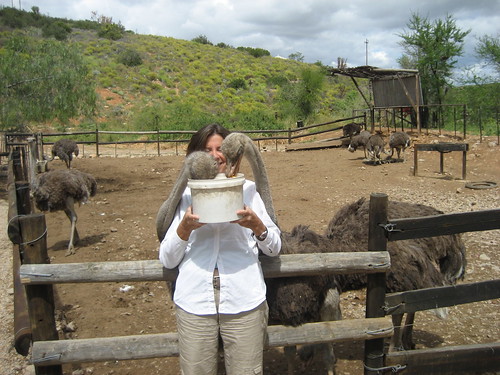
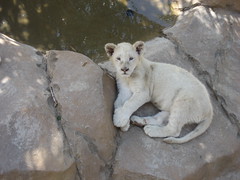
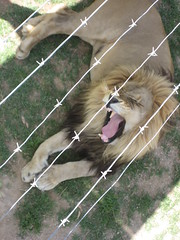
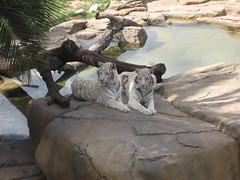
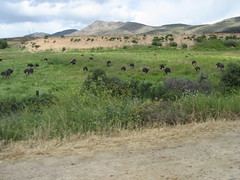
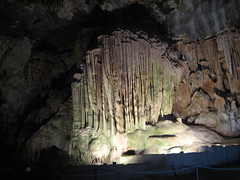
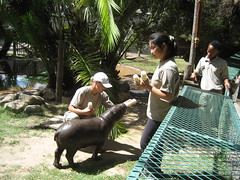
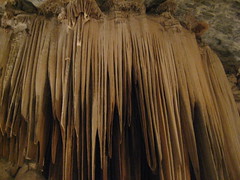
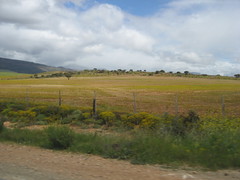
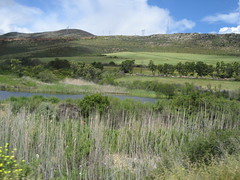
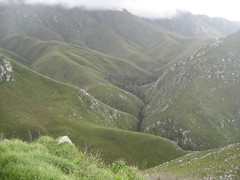
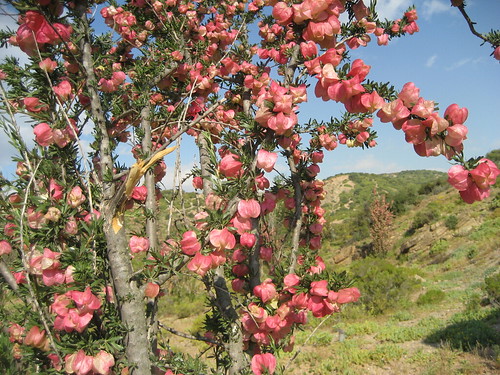
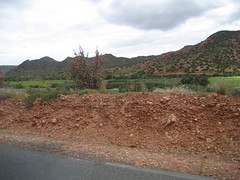
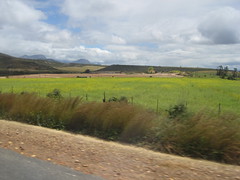
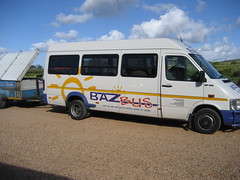
The Baz Bus was late at 8:30 on the first morning of my trip but that gave me just enough time to get a cup of coffee. After a lousy night’s sleep, I really needed it. My ticket was from Cape Town to Durbin and I planned to take my time stopping at points of interest along the way. This first section of the ride is what they call the Garden Route and I didn’t know where I would be getting off but there was plenty of time to decide.
It was a pretty drive through rolling green hills and farmlands in a patchwork of greens, browns and yellows. Occasionally, Cape Dutch farmhouses dotted the landscape. This went on for miles—with the mountains to the north and the sea to the south. It's easy to see why the English and Dutch coveted this land. Everything seemed very westernised like home--nice freeways, shopping malls, gas stations. The occasional township was the reminder that you were still in South Africa with the crowded makeshift homes sometimes nicer but often made of scraps of wood, plastic and tin.
We arrived in the town of George at 3:00 in the afternoon and from there we would be shuttled to our stay at the Paradise Backpackers, where a nice family ran the place. The price of a dorm room in here and elsewhere runs about $10. The Baz takes a more or less direct route along the coast so for destinations a little more remote, the hostels arrange to pick you up. The air was warm and thick with gusts of wind and thunder and lightning—it began to pour just like an Arizona monsoon. Three of us were dropped off here to be taken to the town of Oudtshoorn--Afrikaner territory where you hear Afrikaans spoken more than English.
The town’s claim to fame was made on ostriches—back in the 1800’s when their feathers were the height of fashion. Local ostrich barons of the day made their fortunes on these oversized fancy plumes. That is, until the automobile made its arrival and the costumes were too cumbersome to get into cars—and they didn’t fair well in the wind either. Today, ostrich is mainly raised for the meat and skins (one can fetch $700). The once lofty feathers are today consigned mostly to being household dusters.
The people from the hostel picked us up and for 45 minutes we passed through what’s called the Little Karoo, a smaller gentler version of the Great Karoo--the vast interior desert of South Africa. In the summer this area is very hot and dry, but the heavy winter rains had made for the best show of wildflowers in years and all along were rich fertile green valleys. Fynbos (fine bush) is what they call this Cape Province ground cover and most every color was represented—red, purple, pink, blue, orange yellow and white. One particularly interesting thorny bush stood tall above the others and was covered in pink puffy blossoms. The red dirt was similar to Sedona’s and, when covered with green shrubs, it looked very much like home.
Cooking up a barbecue is huge in South Africa—only here they call it a “braai” and they are seriously a man’s territory. The family-run Paradise had one every night and they featured what else but ostrich steaks—and no, they don’t taste like chicken. It’s a meatier taste and is actually very good. We were also provided with ostrich eggs for breakfast. It was a very homey relaxed place to stay.
Nearby is a place called the Cango Wildlife Ranch and their goal is to breed endangered species so they can be later reintroduced back into their native habitats. Two girls staying at the hostel were working there. I had already met several other volunteers who were working at various animal parks in the region. They volunteer for a two-week stint and are given a tour of the region and a place to stay in exchange for their labor.
On the girl’s encouragement, I visited the ranch where they have cheetahs, white tigers, lions, crocs and a fair collection of fierce snakes—including rattlesnakes, although I’m not sure how endangered they are. They also had an eight-month-old pigmy hippo and one jaguar. It was good from the spectator’s point of view, because you were able to walk on overhead ramps above the big cats. However, it was distressing to see the jaguar pace back and forth over a few short feet. He was not a happy animal. The lions were huge—much bigger that I ever saw in the wild. I guess they also get fat without exercise.
The highlight of the ranch for me was the white tiger cubs. They were too cute for words—looking more like stuffed animals than tigers. As they get older, they get the stripes but, for now, they are one big white fluff with black eyes, nose and mouth—and huge paws!
This was an unlikely place, and therefore pleasant surprise, to have one of the best meals I’ve eaten in years. At the recommendation of someone at the hostel, I walked into a little place without a reservation, and after a short wait, was seated at a cosy table near the fire. The name of the place is Jemima’s and later I learned it was rated as one of the country’s top ten restaurants. The food was superb, as was the service. I had wine, lamb, a fabulous dessert and dessert wine (touted as a favorite of Napoleon). All this for a meager $21. It would have been nice to share this with someone else but most backpackers are on limited funds and can’t afford such luxuries—so I sometimes go it alone.
One of the activities at the backpackers was to spend the day bicycling ten-speeds down a nearby pass and stopping to see the sights along the way. After an hour of riding around the town without getting the gears right, I knew cycling the pass would be asking for trouble. Instead, they drove me up to the Cango Caves—some very impressive, if not overdeveloped, caves up the road. I didn’t feel like such a wimp when the younger, fitter, adrenalin-seeking group decided to forgo the pass—due to wet weather—and got out with me to tour the caves. Our cave guide sang some beautiful traditional African songs and, aside from having a good voice, the acoustics were amazing.
The next place I saw was the “obligatory” ostrich farm where they give a little history of these oversized feathered friends—how they migrated down from the Kalahari Desert and how they can go without water for two weeks (or something like that). Anyway, these large birds are well suited to an arid climate and arrived in this area 150 years ago—just in time for the world’s fashion fancies. Today, they are mainly raised for the meat and for their skins which command a price of $700. Their once lofty feathers are now consigned to being household dusters.
We got to see the entire production. The eggs are about 7” across and very thick and tough. You can stand on them without their breaking. We saw day-old chicks in incubators and some little guys still trying to break out of their thick shells.
Unfortunately, they do let people ride the poor animals—which they claim (at 150 kilos) are strong enough to ride. None of our group opted for that experience but they gave us a show with one of their handlers anyway. We all got to feed them and they are aggressive eaters. All in all, it was a very interesting day and we arrived back at the hostel in time to catch the shuttle to the Baz Bus stop.
Advertisement
Tot: 0.052s; Tpl: 0.01s; cc: 8; qc: 24; dbt: 0.0335s; 1; m:domysql w:travelblog (10.17.0.13); sld: 1;
; mem: 1.1mb














